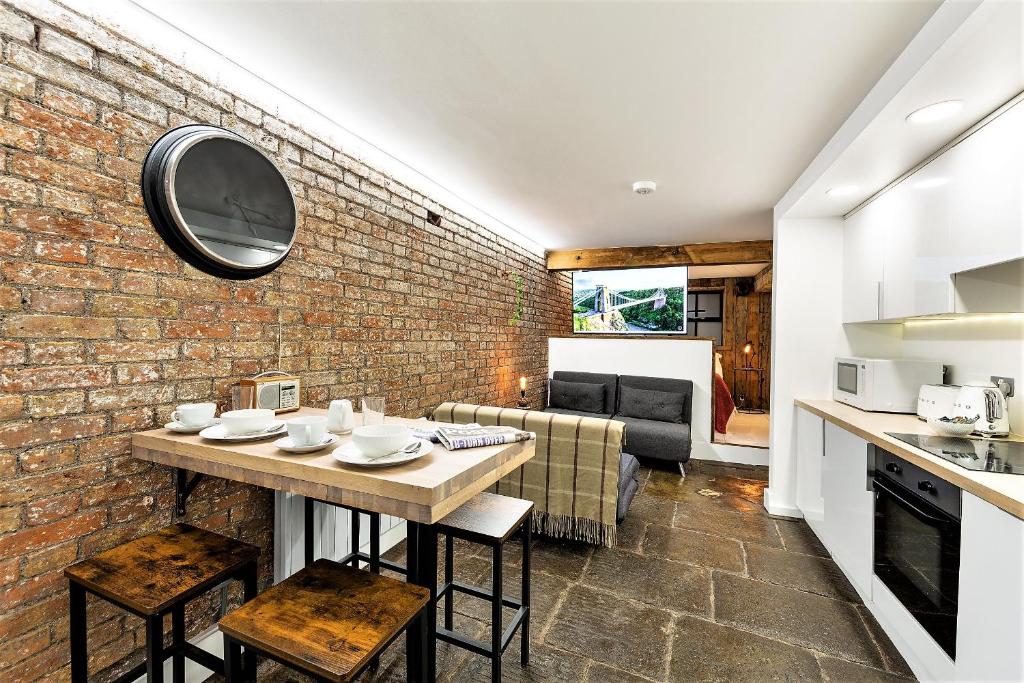Mentioned by Bath's landmark architecture
Bath's landmark architecture
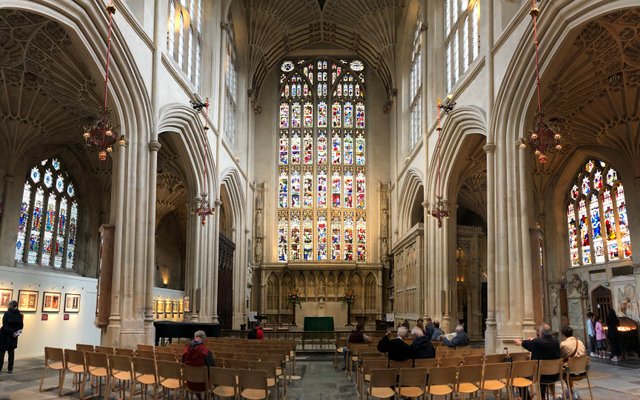
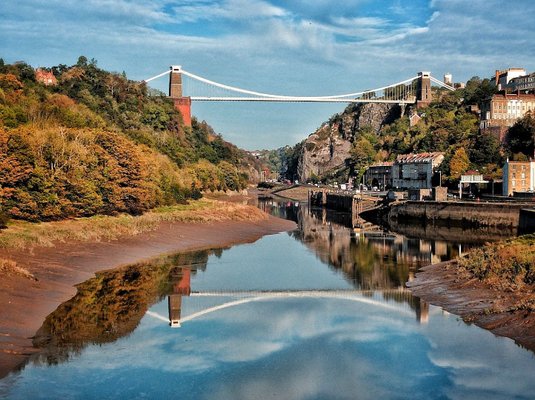
"Seeing the Clifton Suspension Bridge is one of the best things to do in Bristol that’s totally iconic and can’t be missed in Bristol. You see, it’s another engineering feat of Brunel and stands proudly over the River Avon. Now, it might feel like a bit of a stroll from Queen Square (about 40-minutes) but it’s well worth it for the views and to learn more about the history in the visitor centre."
"Where usually Clifton Suspension Bridge dominates Bristol’s skyline, you can also see some excellent views of Avon Gorge and Bristol’s rooftops from the bridge itself. Personally, we’d recommend coming here at night so that you can see all the sparkling lights of Bristol… it’s very pretty and won’t cost you a penny!. A must for first time visitors…"
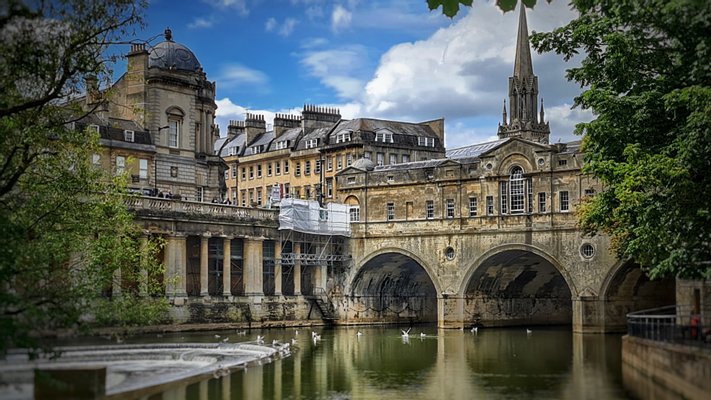
"One of only four bridges in the world with shops along both sides, this bridge was designed to impress!. Made for the fashionable crowds that would flock to the city in the 1700s, Pulteney Bridge has become one of Bath’s most iconic spots. Classically designed, over-looking the weirs of Bath, this is one of the most photographed parts of the city – a great spot for a postcard-perfect pic in addition to a little retail therapy in true Georgian style!"
"Pulteney Bridge situated on River Avon is an exceptional Palladian style designed by Robert Adam. This Palladian style, one of only four bridges in the world, is lined with small shops across its full span on both sides. This historic bridge is named after Frances Pulteney, wife of William Johnstone Pulteney, an influential man in Georgian Bath."
"Designed by famous architect Robert Adam in 1769, this is one of only four bridges worldwide to have shops across its full length on both sides. Completed in 1774, the bridge is a fine example of Palladian architecture. You can get a nice view of the River Avon from the Bridge Coffee Shop."
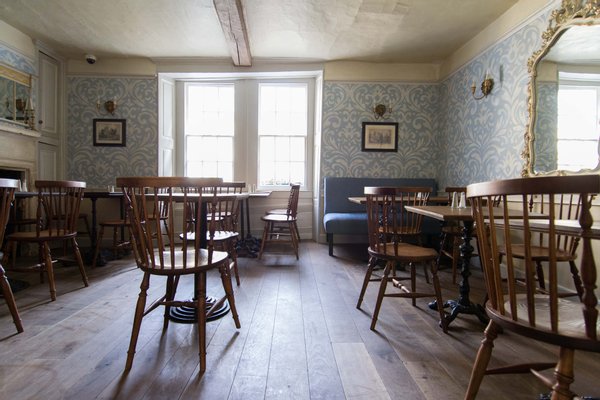
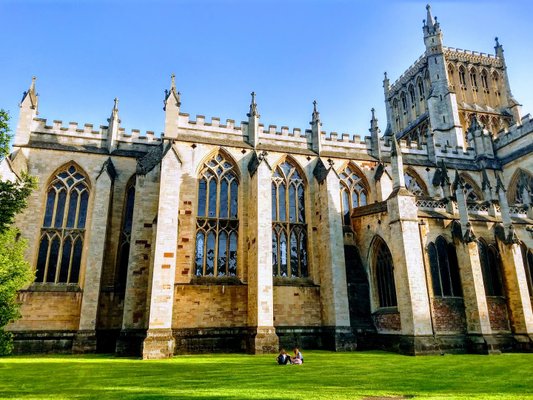
"Bristol Cathedral does not have quite the fame of other Cathedrals in South West cities – Bath Abbey, Exeter Cathedral and Salisbury Cathedral are far more dramatic – but it’s still an interesting place to visit. The Cathedral was consecrated in 1148, and a small part of the building still dates from the 12th century, with the Elder Lady Chapel dating from the 13th century. The rest of the building was built in the 14th century with significant restoration in the 19th century."
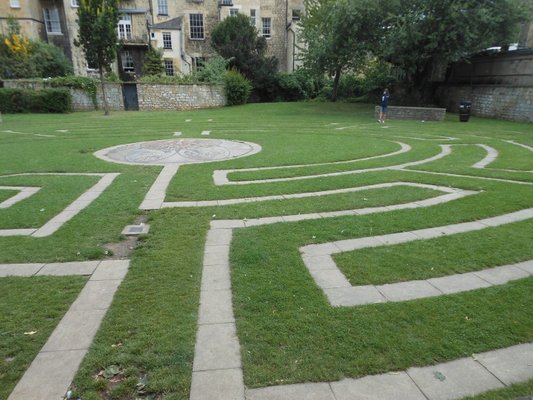
"To the east of Bath’s famous weir are the Beazer Gardens, with a curling maze paved into its simple green lawn and detailed mosaics depicting scenes from Bath’s history, both recent and distant. Relax on the grass after a day wandering the better-known sights. The Beazer Maze, Spring Gardens Road, Bath"
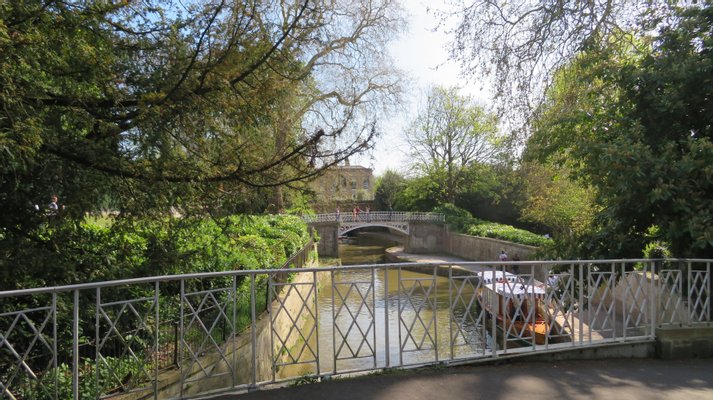
"Then strike out from Pulteney Weir across Pulteney Bridge (popping into the odd boutique shop along the way, such as Found, for funky homeware, and The Antique Map Shop) to the Holburne Museum (Great Pulteney Street; 01225 388569), which backs onto Sydney Gardens. The museum houses old masters, porcelain and ornaments. Temporary exhibitions change regularly; next up is a retrospective on George Shaw (Feb 8 - May 6)."
"That was clearly true for Jane Austen, who would find respite from a restless mind and hours of writing in Sydney Gardens. Formerly the Pleasure Gardens, this green space was built behind the Sydney Hotel (now the Holburne Museum), another ‘place to be seen’ in Bath’s special social scene. Stroll or take a picnic among the flowerbeds and look out for a replica of the Temple of Minerva."
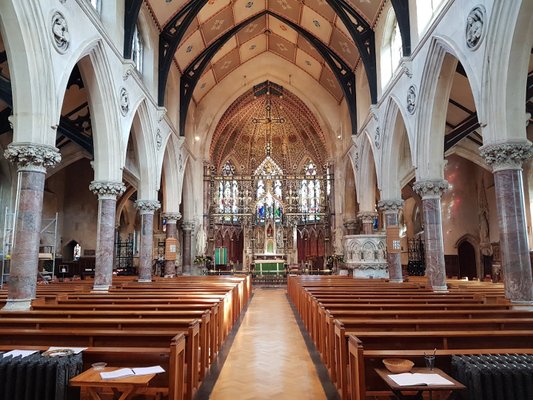
"You can find this church at South Parade, which is a central location in the city of Bath. It holds more than 150 years of history and offers a quiet and conducive atmosphere for all kinds of people to stay. Outside of the church, you can see how it dominates the skyline and is different from other buildings because of the gothic style."
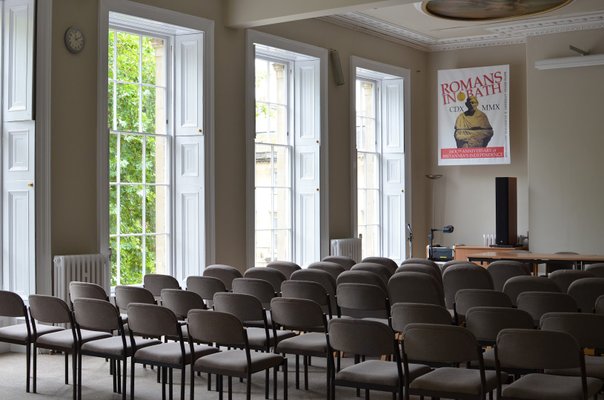
"The Bath Royal Literary and Scientific Institution (also known as BRLSI) is an educational charity based in Bath, England. It was founded in 1824 and provides a museum, an independent library, exhibition space, meeting rooms and a programme of public lectures, discussion groups and exhibitions related to science, the arts and current affairs. There are two main activities; a programme of talks, discussions and exhibitions on science, the arts and current affairs, and the maintenance and exhibition of the extensive collection of books, fossils and artifacts."
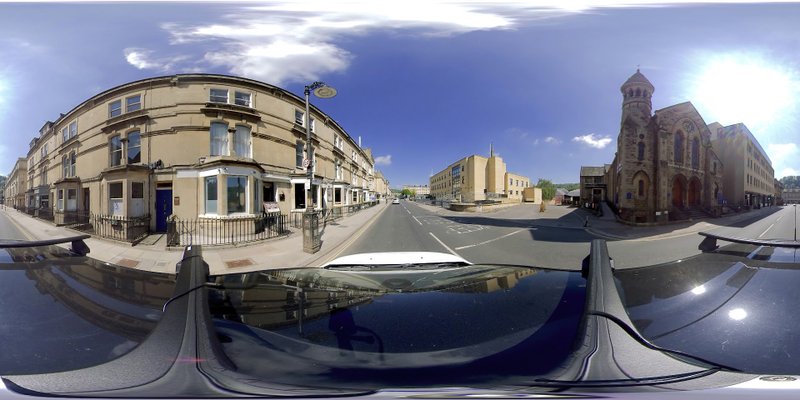
"Your interest towards spiritual places will get a new encouragement if you visit the Manvers Street Baptist Church and Open House Centre. The church looks truly beautiful and its structure carries a great architectural importance. Prayer and celebration are two sides of the church that you will observe here."
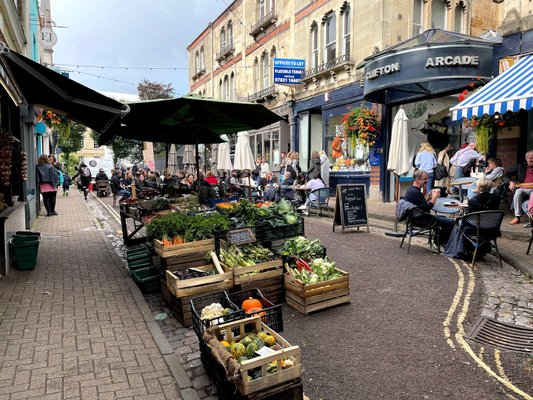
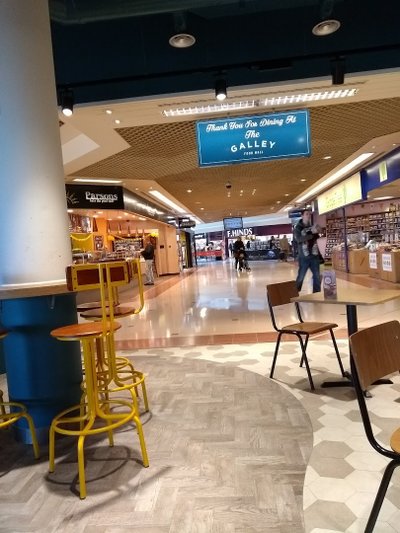
"With nearly 200 years of experience of welcoming holiday makers, its small wonder Weston remains as much of a magnet for visitors, as it always has. Weston boasts a beautiful promenade, stretching for 1 1/4 miles along the sandy beach. Break your walk by visiting Sea Life Centre, Grand Pier and Marine Lake (boating and paddling)."
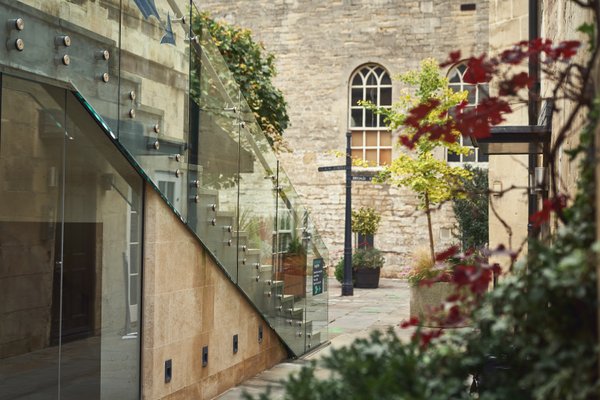
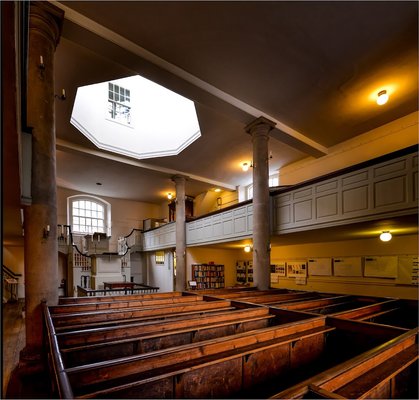
"New Room Chapel is the first Methodist chapel in the world and holds great historic importance in the city of Bristol. The place was built in 1739 by John Wesley and is a marvel off Architecture and design. The place has gained popularity due to its history and beautiful interiors."

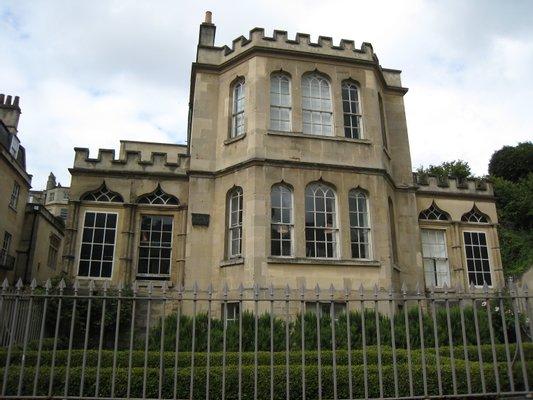
"This unique collection interprets the rich architectural history of Bath and the men who transformed a provincial town into the world famous Georgian Spa. It demonstrates how classical design influenced the buildings and illustrates the construction of a house from the cellars to the rafters. Based in the historic Countess of Huntingdon’s Chapel, the building is also home to the historic Bath Model, a fully detailed architectural model of the historic city centre, giving a unique insight into the layout of the Georgian City."
"This unique Museum is a celebration of the rich architectural history of Bath and the men who transformed a provincial..."





